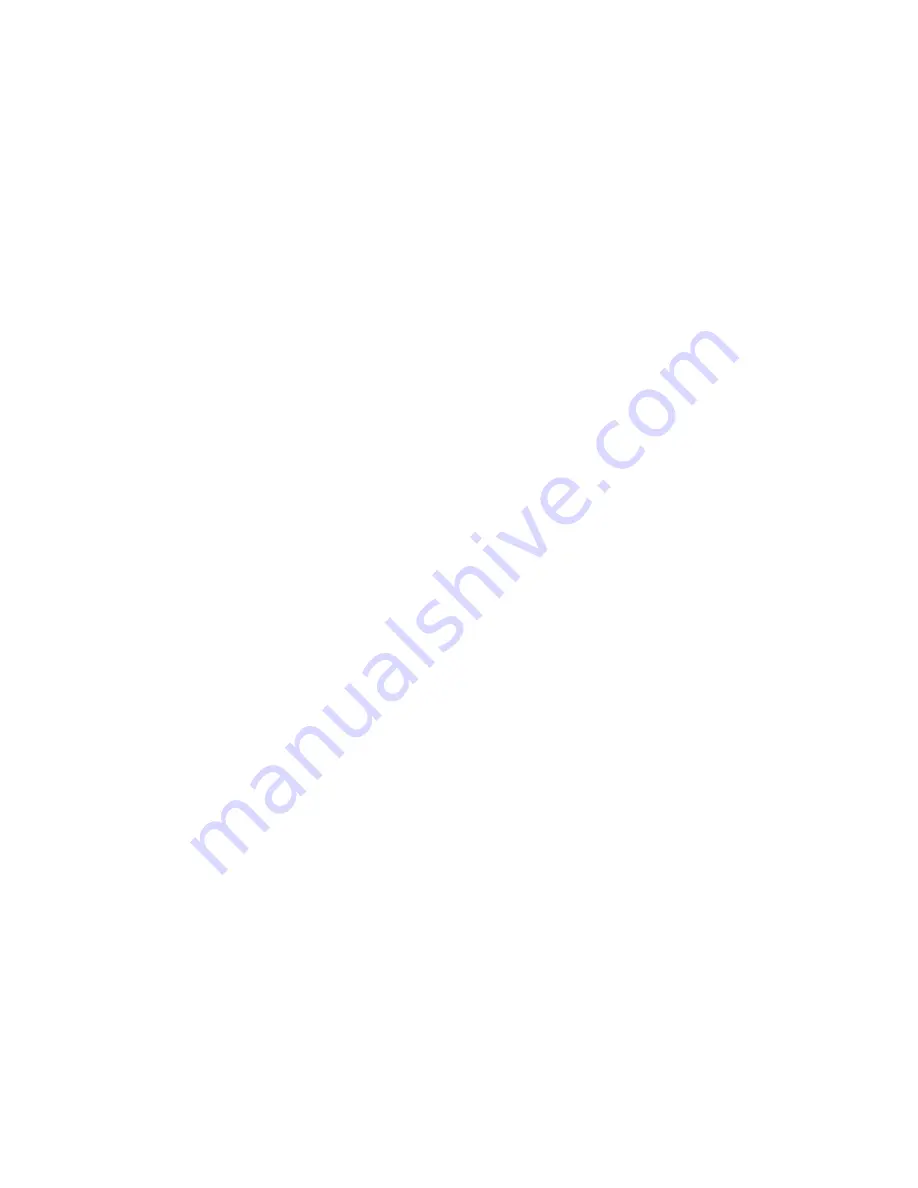
Page
22
of
27
If the present element is found to be in good condition and is not obstructed after being properly cleaned (see
paragraphs 1 and 2), the following check should be made:
a.
Operate engine to static RPM at full throttle and note RPM.
b.
Remove filter cartridge and repeat operation in paragraph 3a.
If an increase of 50 RPM or greater is noted, a new cartridge should be installed.
BRAKE SERVICE
The brake system is filled with M1L-H-5606 hydraulic brake fluid. This should be checked at every 100 hour
inspection, and replenished if necessary. This aircraft is equipped with model 40-59 6:00 x 6 Cleveland wheels and
brakes using RA066-11200 Rapco linings and Matco MCMC-4A Master Cylinders. (Wheels and brakes from Beech
Skipper)
Use only MIL-H-5606 petroleum base brake fluid when refilling the system. When it is necessary to refill brake
system, or when the brakes seem spongy, probably due to air in the lines, the following procedures are to be
followed:
1.
To fill the brake system, Pump fluid into the system via bleed valve on the slave cylinder at the wheel.
Some air may get trapped in the line at the master cylinder.
2.
Air in the brake lines cause faulty operation which can be corrected by bleeding the brake system as
follows:
a.
Loosen the brake line at the output of the master cylinder.
b.
Press lightly on the brake pedal by hand until some fluid escapes from the loosened fitting.
c.
Without releasing the brake pedal, reattach and snug the brake line fitting back to the master cylinder.
C
LEVELAND:
No adjustment of the brake lining clearance is necessary as they are self-adjusting. Inspection of the lining is
necessary, and it may be inspected visually while installed on the airplane. The linings are of the riveted type and
should be replaced if the thickness of any one segment becomes worn below 0.099 of an inch or unevenly worn.
Check the brake disc for grooves, scratches, pits or coning. Coning beyond .015 in either direction would be cause
for replace-ment. A single groove or isolated grooves up to 0.031 of an inch deep would not necessitate
replacement, but a grooving of the entire surface would reduce lining life and should be replaced. If a powdery
rust appears on the disc, one or two taxi-braking applications should clear the rust up. Heavier rust may require
removal of the disc to wire brush it. Then finish sand with 220 grit sandpaper.
Lining may be removed from the backing plates by drilling or punching out the old rivets and installing a new set
using the proper rivets and a rivet set that will properly stake the lining and form a correct flare of the rivet. Use
RAPCO RA066-11200 linings to reline brakes.
Bearings are races are Timken part numbers LM29710 race and LM29749 Bearing, commonly available at most
auto parts dealers.
To service the tires and/ or bearings, place the airplane on jacks or a properly sized block. To remove the main
wheel, remove the two cap bolts that join the brake cylinder housing and the lining back plate assemblies. Remove




















